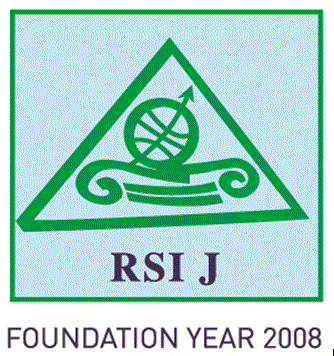Imran HUSSAIN
Department of Economics, Vidyasagar University, Midnapore, India
imranhussaingrp@gmail.com
Ramesh CHANDRA DAS
Department of Economics, Vidyasagar University, Midnapore, India
ramesh051073@gmail.com
(corresponding)
Abstract
The various endogenous growth theories as well as empirical studies have proved that human capital works as an important factor for economy’s growth. The role of income on human capital formation cannot be overlooked so far as the essences of the endogenous growth theories are concerned. Considering this interconnection among the human capital and income of the economy, the present study provides quantitative evidence to show the associations amongst human capital formation as quantified by the governments’ health and education expenditures and income of the economy measured by states’ gross domestic products for the panel of states and union territories of India during the period from 1998-99 to 2018-19. The technique of panel cointegration is used to show the long run relationships among human capital investment and income of the economy, and then the Wald test is used to examine the direction of short-run causality. The empirical results demonstrate that human capital and state incomes have a long-term relationship. The Wald test reveals a short-run linkage between human capital and income of the state economies, with the causality running from human capital investment to output of the economy. i.e., human capital has an immediate influence on the progress of the economy. It is consequently suggested that the governments of the states and union territories make additional investments in sectors such as education and health in order to secure long-term economic prosperity.
Keywords: Human capital, education, health, growth, panel cointegration, Indian states
JEL classification: I1, I2, O3, C32, C33
pp. 57-71
